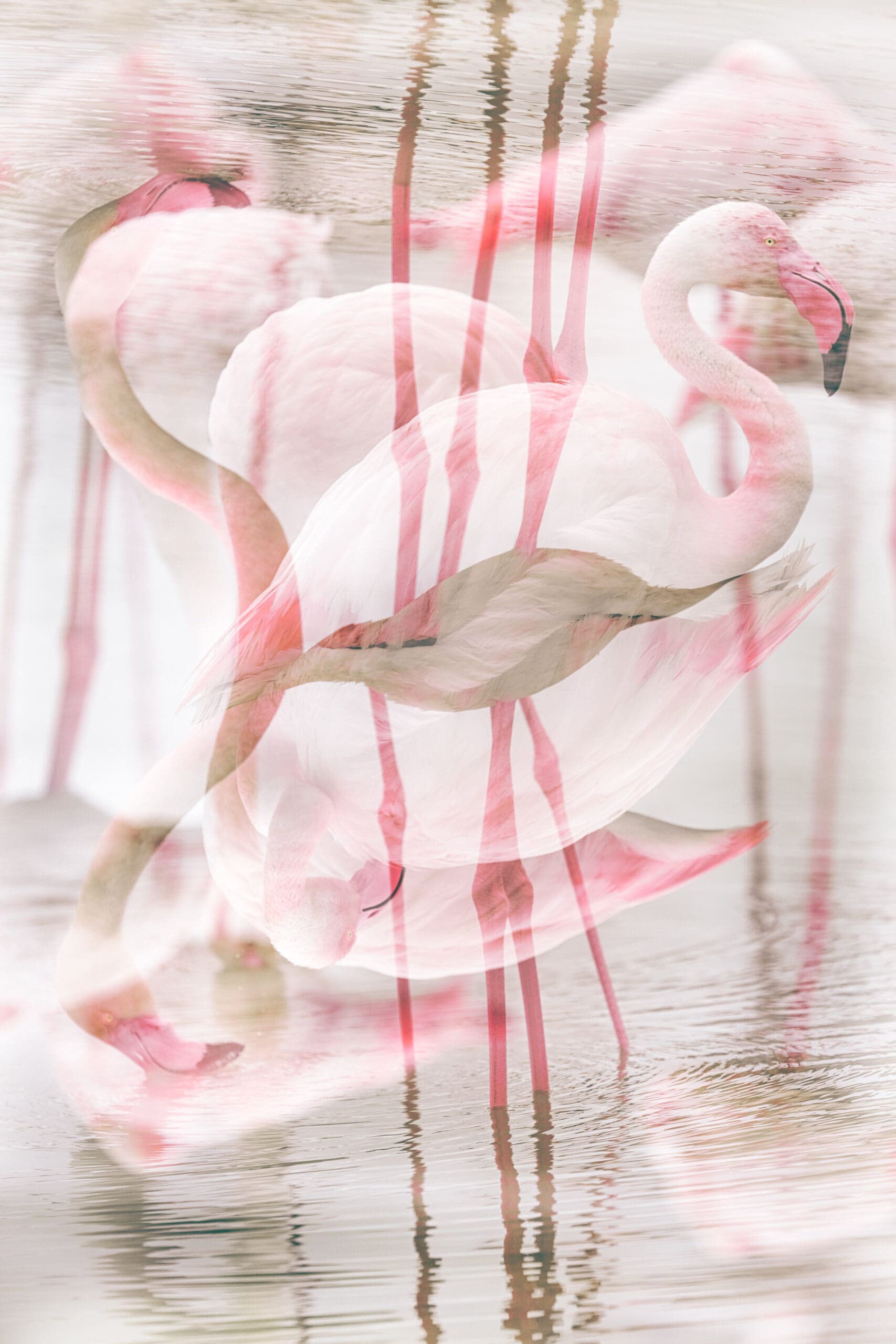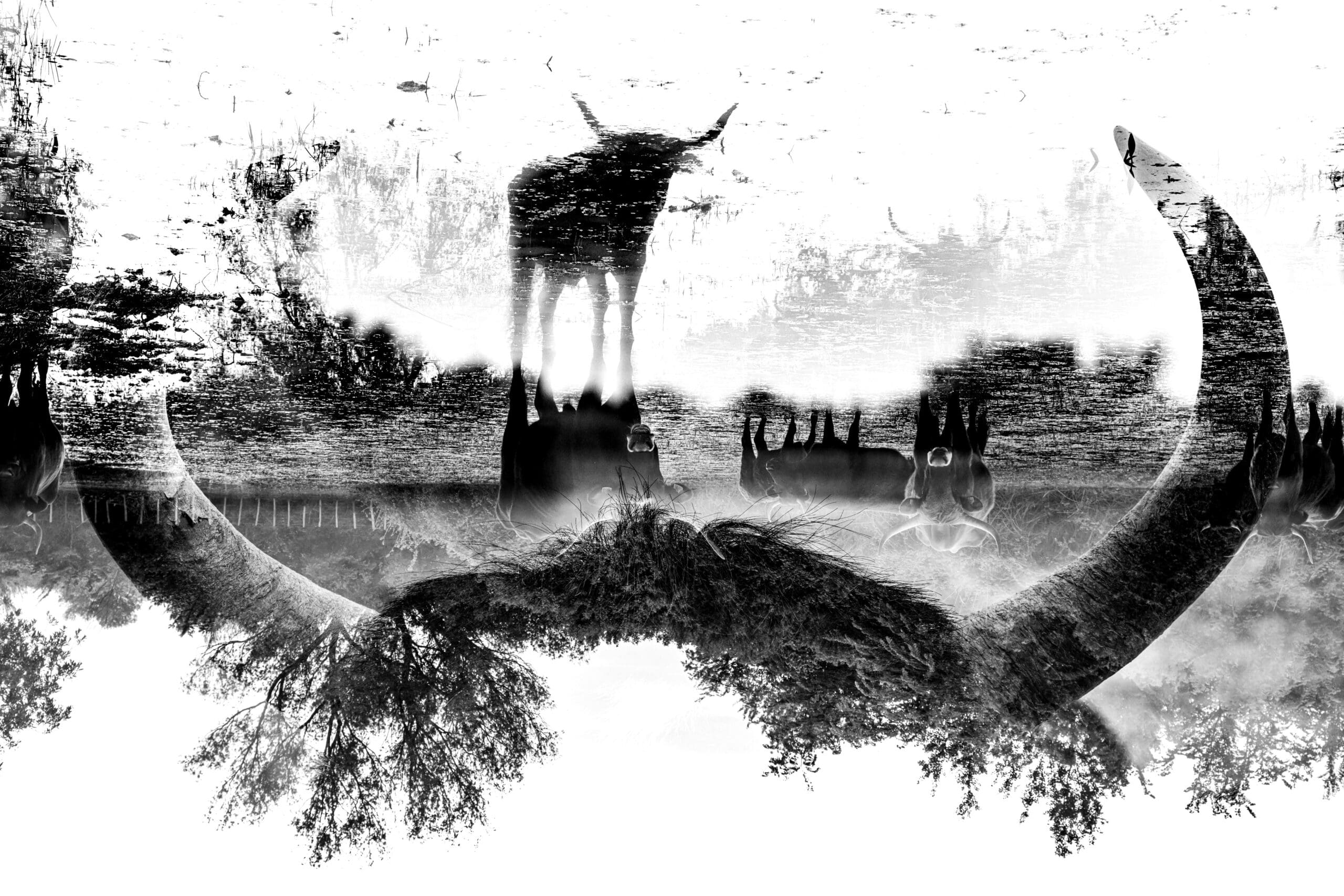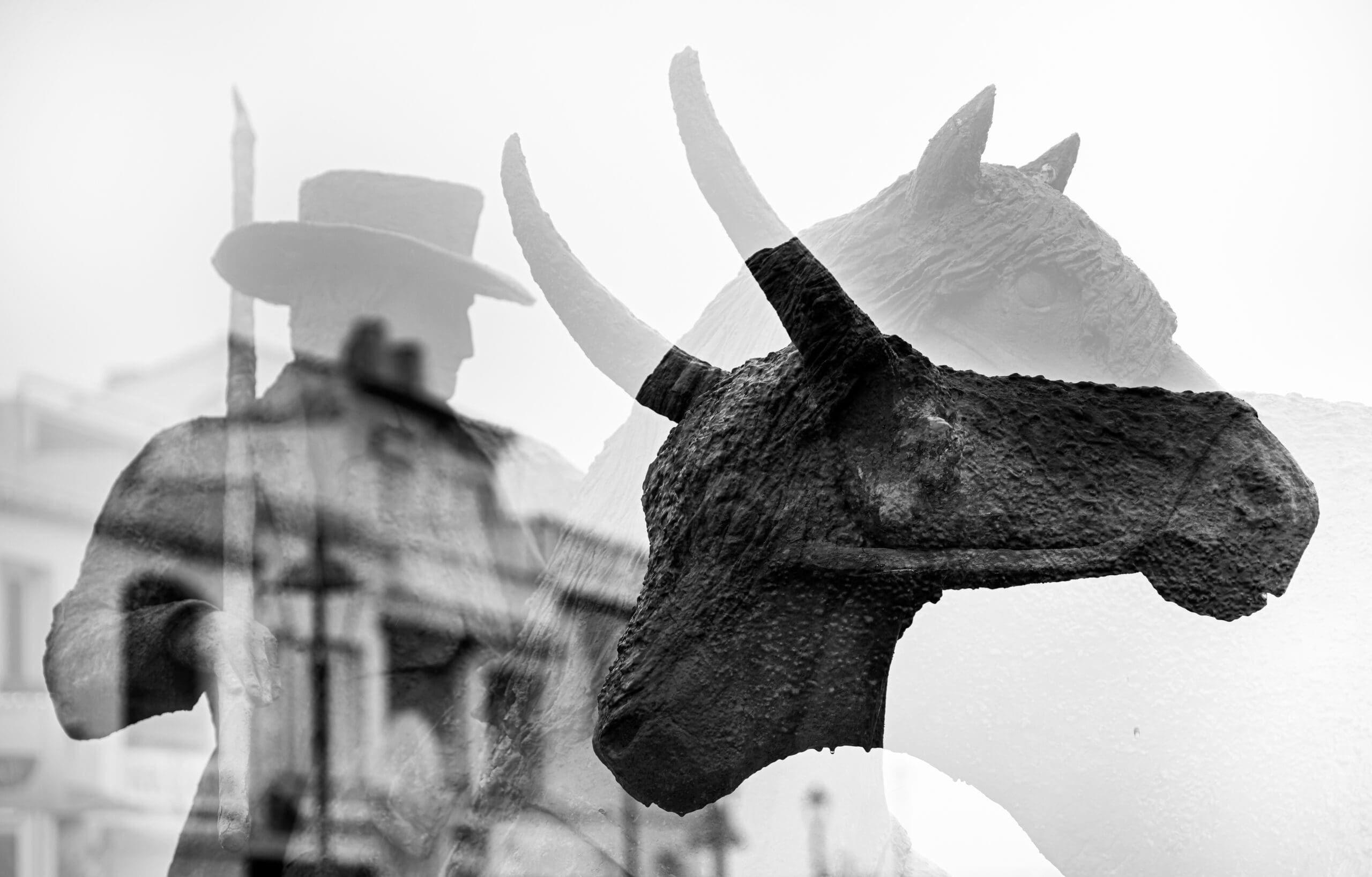The Camargue, a unique wetland region in southern France, is a haven for birdwatchers and photographers alike. With its diverse birdlife, including iconic species like herons and flamingos, the Camargue offers an unparalleled opportunity to capture stunning images of these beautiful creatures in their natural habitat. Here’s an in-depth guide to photographing the birdlife in the Camargue, covering the best locations, equipment recommendations, and essential techniques.
Prime Locations for Birdwatching and Photography
1. Parc Ornithologique de Pont de Gau:
- Overview: This bird park is a top spot for photographers, offering easy access to a variety of bird species.
- Highlights: Wooden walkways, observation towers, and hides that provide close encounters with birds such as herons, flamingos, and egrets.
2. Étang de Vaccarès:
- Overview: The largest lagoon in the Camargue, central to many birding activities.
- Highlights: A prime location for observing and photographing flamingos, especially during the golden hours of sunrise and sunset.
3. Domaine de la Palissade:
- Overview: A protected area with diverse habitats including wetlands and dunes.
- Highlights: Excellent for spotting a variety of waders and other water birds, providing a range of photographic opportunities.
4. La Capelière Nature Reserve:
- Overview: This reserve offers well-managed trails and hides, ideal for birdwatching.
- Highlights: Perfect for capturing images of herons and other marshland birds in their natural surroundings.
5. Saintes-Maries-de-la-Mer:
- Overview: A coastal town with access to marshes and beaches teeming with birdlife.
- Highlights: Great for photographing a variety of birds against the scenic backdrop of the Mediterranean Sea.
"Photographing birds in the Camargue is a rewarding experience that combines the beauty of nature with the art of photography."
The Camargue, a unique wetland region in southern France, is a haven for birdwatchers and photographers alike. With its diverse birdlife, including iconic species like herons and flamingos, the Camargue offers an unparalleled opportunity to capture stunning images of these beautiful creatures in their natural habitat. Here’s an in-depth guide to photographing the birdlife in the Camargue, covering the best locations, equipment recommendations, and essential techniques.
Prime Locations for Birdwatching and Photography
1. Parc Ornithologique de Pont de Gau:
-
- Overview: This bird park is a top spot for photographers, offering easy access to a variety of bird species.
- Highlights: Wooden walkways, observation towers, and hides that provide close encounters with birds such as herons, flamingos, and egrets.
2. Étang de Vaccarès:
-
- Overview: The largest lagoon in the Camargue, central to many birding activities.
- Highlights: A prime location for observing and photographing flamingos, especially during the golden hours of sunrise and sunset.
3. Domaine de la Palissade:
-
- Overview: A protected area with diverse habitats including wetlands and dunes.
- Highlights: Excellent for spotting a variety of waders and other water birds, providing a range of photographic opportunities.
4. La Capelière Nature Reserve:
-
- Overview: This reserve offers well-managed trails and hides, ideal for birdwatching.
- Highlights: Perfect for capturing images of herons and other marshland birds in their natural surroundings.
5. Saintes-Maries-de-la-Mer:
-
- Overview: A coastal town with access to marshes and beaches teeming with birdlife.
- Highlights: Great for photographing a variety of birds against the scenic backdrop of the Mediterranean Sea.
Essential Equipment for Bird Photography
1. Cameras:
-
- Recommendations: High-resolution DSLR or mirrorless cameras with fast autofocus and burst mode capabilities.
- Examples: Canon EOS R5, Nikon D850, Sony A7R IV.
2. Lenses:
-
- Telephoto Lenses: Necessary for capturing detailed images of birds from a distance.
- Recommendations: 100-400mm, 500mm, or 600mm lenses.
- Additional Gear: Teleconverters to extend the reach of your lenses.
3. Tripods and Monopods:
-
- Tripods: Provide stability for low light conditions and slow shutter speeds.
- Monopods: Offer more flexibility and ease of movement in marshy or uneven terrain.
- Brands: Manfrotto, Gitzo.
4. Other Accessories:
-
- Binoculars: For spotting birds before photographing them.
- Waterproof Bags and Covers: Protect your gear from moisture and sudden rain.
- Memory Cards and Batteries: Always have extras to avoid missing shots due to technical issues.
Techniques for Capturing Stunning Bird Photos
1. Patience and Stealth:
-
- Birds are easily startled, so move slowly and quietly to avoid disturbing them.
- Spend time observing the birds to understand their behavior and patterns.
2. Optimal Lighting:
-
- Early morning and late afternoon light provide the best conditions for photography.
- Avoid harsh midday sunlight that can create strong shadows and blow out highlights.
3. Composition:
-
- Use the rule of thirds to create balanced and engaging compositions.
- Include elements of the birds’ habitat to provide context and depth.
4. Focus and Settings:
-
- Use continuous autofocus (AI-Servo/AF-C) to track moving birds.
- Shoot in burst mode to increase the chances of capturing the perfect moment.
- Use a fast shutter speed (1/1000s or faster) to freeze motion.
5. Behavioral Shots:
-
- Capture birds in action—feeding, flying, or interacting with each other.
- Look for unique moments that tell a story about the bird’s life and environment.
6. Environmental Portraits:
-
- Showcase birds within their natural surroundings.
- Include elements like water reflections, reeds, and other aspects of their habitat.
Final Thoughts
Photographing birds in the Camargue is a rewarding experience that combines the beauty of nature with the art of photography. By visiting the right locations, using the appropriate equipment, and employing effective techniques, you can capture stunning images of herons, flamingos, and a variety of other bird species. Remember, patience and respect for the wildlife are key to a successful and fulfilling birdwatching and photography adventure in this extraordinary wetland region. Happy shooting!
A little about Marshall Foster
Over the last 15 years, I’ve had the privilege to traverse the globe, capturing fleeting moments of beauty and humanity, photographing for over 100 clients in more than 45 countries. From the front lines of disaster zones to the inner workings of livelihood programs and medical initiatives, my journey is not just one of miles traveled, but also of voices heard. Each photograph I take aims to uncover a story untold, a feeling unexpressed, and in the process, shed light on those unnoticed threads that weave our common humanity. It’s about capturing not just an image, but a resonance, a spark that might stir something deeper within us. For me, every frame is more than a frozen moment; it’s a hand extended, inviting us to recognize ourselves in this vast, complex, and incredibly beautiful world.


